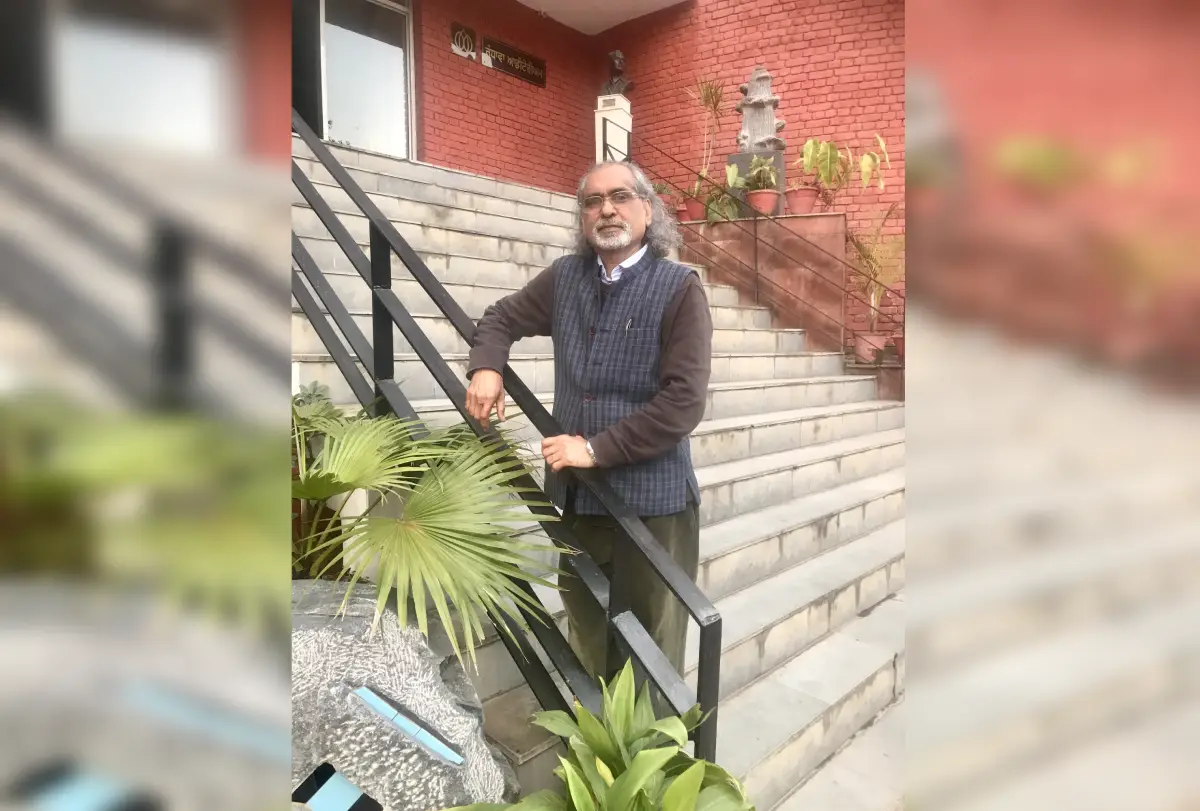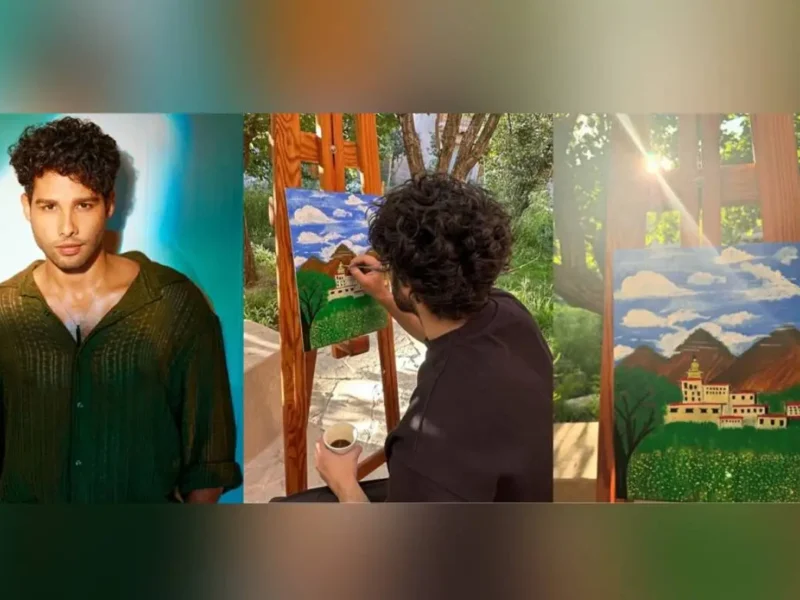
Rootedness & Rootlessness, Artist Dhaliwal’s Varied Tales
CHANDIGARH, (IANS) – The moment you enter, a portrait of Lal Singh Dil, one of the major revolutionary Punjabi poets emerging out of the Naxalite Movement in Punjab towards the late sixties of the 20th century, stares directly at you. Village landscapes envelop the Punjab Kala Bhavan gallery in modernistic Chandigarh.
There are also portraits of Gaihal Singh Chhajjalwadi, Madam Cama, Saadat Hasan Manto, and Kartar Singh Sarabha — the unsung ones.
In a corner, the soft-spoken major Punjabi painter, sculptor, and linguist Kanwal Dhaliwal, now based in the UK, is sitting.
He refrains from talking about the immigrant experience, highlighted in his latest work, with the cliches most immigrant artists love to use.
“The rootlessness may be for me, but for our children, what we call the ‘new’ is not alien. Thus, what emerges are newer roots, assimilation, where the outsider slowly becomes the insider,” he said.
Originally from the rural Malwa region, Dhaliwal has worked in almost every medium, such as oil, watercolor, clay, wood, and stone.
“Is it not effortless to see the connections between earth, villages, and a slow life walking together with the mad pace of metros? This country offers a certain sense of assimilation,” he opines.
Dhaliwal asserts that it is surprising that a foreigner (Le Corbusier) was asked to design a new city as if we were incapable of the same. “It seems a part of Europe has been imported and set up here. The design is alien, but those who live in these houses are not, so how can complete synchronization take place? How can an identity be carved? This place will never have a culture in the true sense of the word. People who are born here, are also not born here…”
The artist studied at the art college when it was dominated by students from the rural areas, and there was no quota for Chandigarh residents. He feels that the ones from the countryside did not just have more depth, but also understood the real concerns of people — a major reason many are now well established.
“Those with rural roots have a naturally instilled sense of culture, their idiom is strong, and thus their work boasts of a certain sensitivity.”




